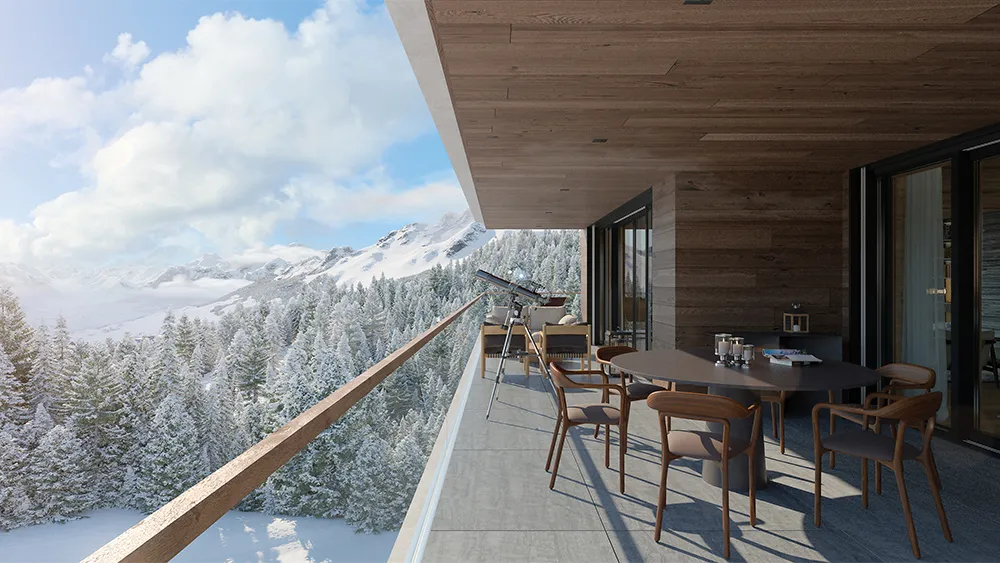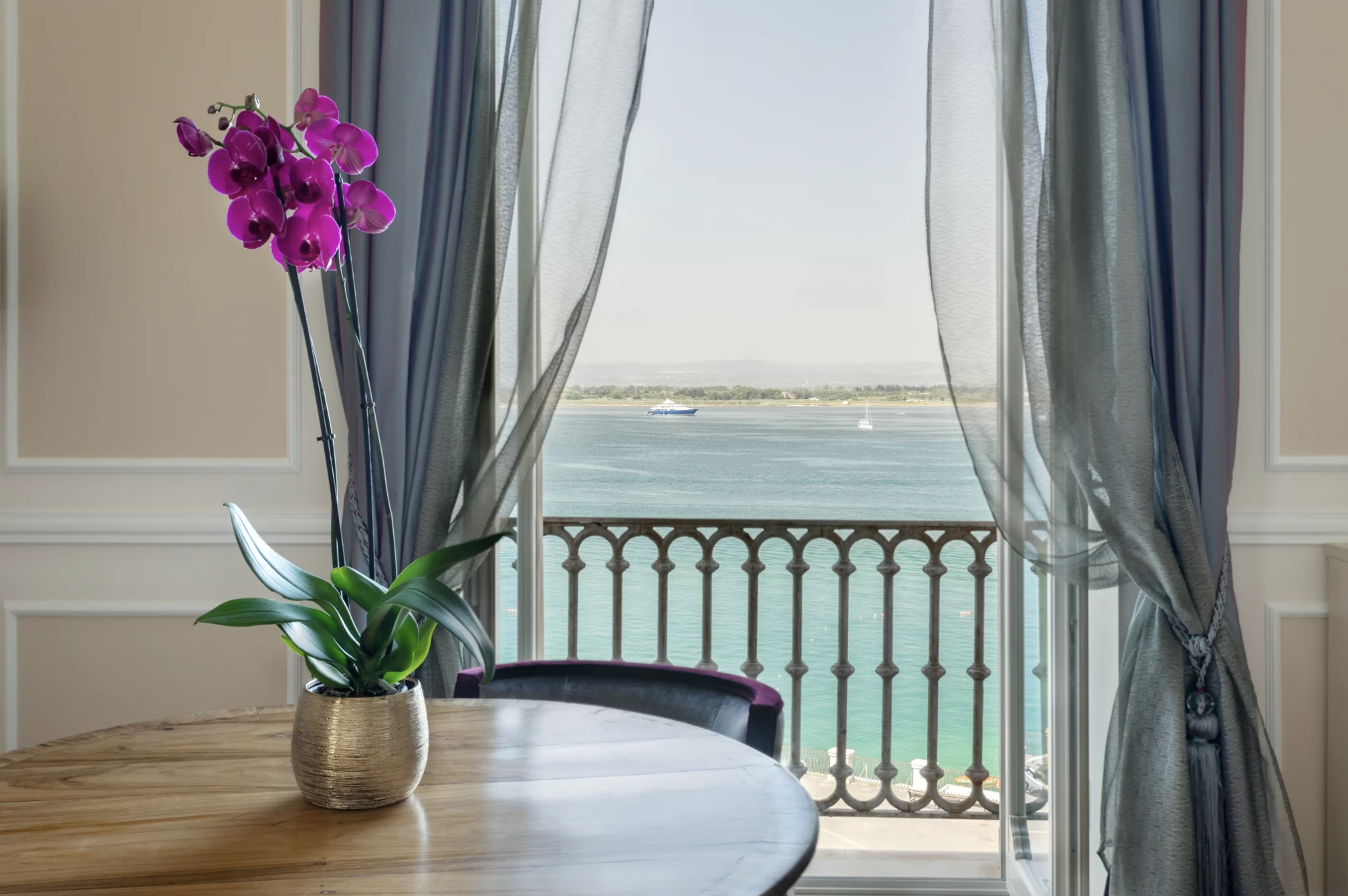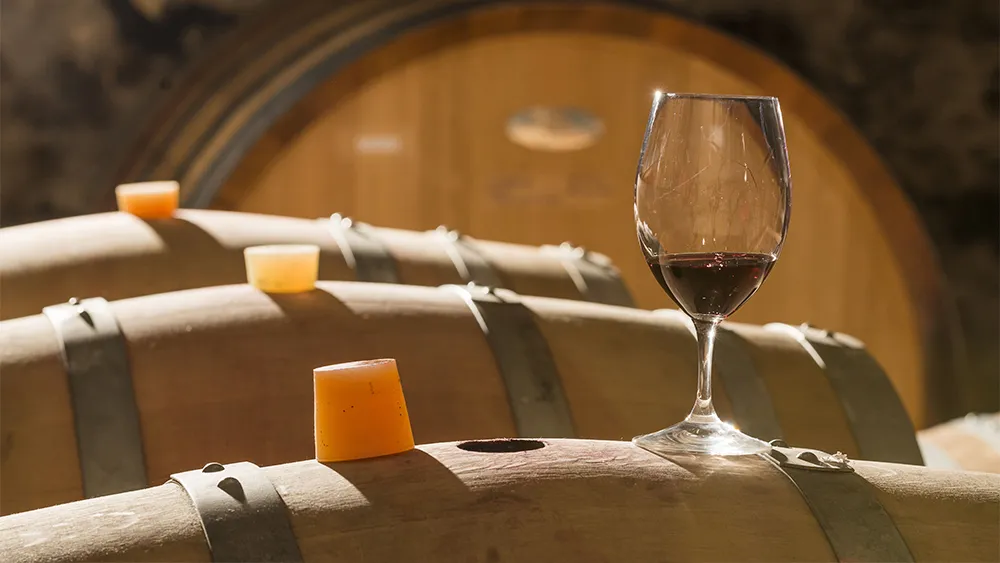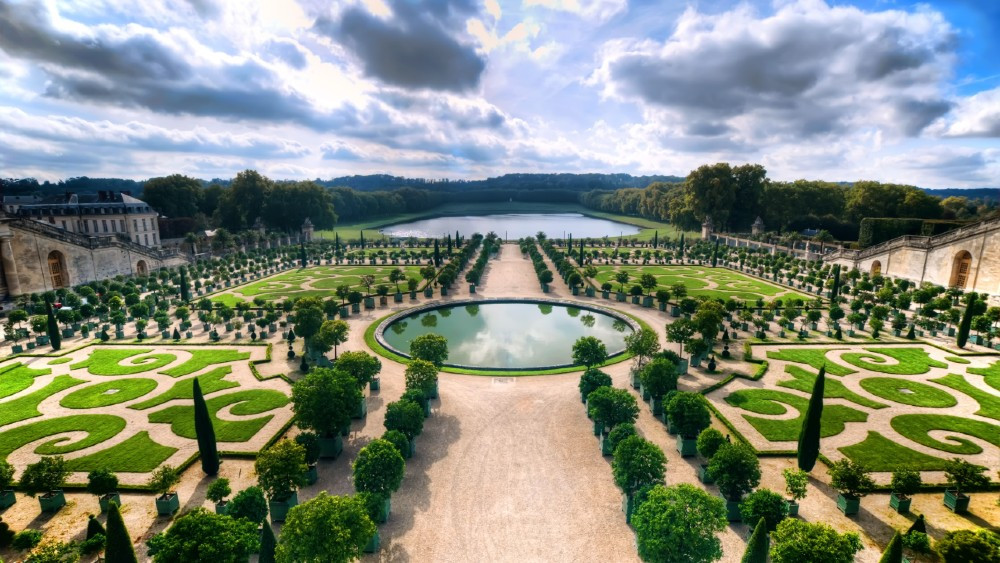
How You Can Stay Inside The Grounds of Chateau de Versailles
In his first interview about the property, the COO of LOV Hotels reveals what’s gone in to creating a boutique hotel within the palace gates, and the exclusive experiences guests can expect when the place opens next May.
Related articles
France’s Château de Versailles is the palace against which all other castles are judged. Begun in the early 1600s as Louis XIII’s hunting pavilion, then dramatically expanded and embellished by further generations of royals, the complex — with its 2,300 rooms and 800 hectares of land — has served as a public museum of one kind of another since the mid-1800s, and today welcomes upwards of 10 million visitors a year. Recently, well-heeled travellers looking for a more exclusive experience have been able to pair a visit to the palace with a stay at the Waldorf Astoria’s Trianon Palace, which opened just outside the gates in 2009, and a meal at Alain Ducasse’s Ore restaurant, which debuted in 2016 at the castle itself. Now, “exclusive” is being taken to an even higher level with Airelles Château de Versailles, Le Grand Contrôle, an ultra-luxe boutique property whose 14 rooms and suites, haute-gastronomy restaurant, Valmont spa and 15-metre indoor swimming pool will open in historic buildings on the palace grounds in May.

A rendering of one of the regal suites Le Grand Contrôle
Officially announced earlier this fall, with details revealed only last week, the opening will mark a new era for Versailles, as guests will be able to experience the palace as members of court would have in the 18th century. The hotel will occupy a trio of buildings all designed in 1681 by Jules-Hardouin Mansart — Louis XIV’s favourite architect — for the equivalent of today’s Ministry of Finance. The structures were subsequently used by the national army from 1857 to 2004, when they were decommissioned. They then sat empty for more than a decade.
“They were abandoned until the Château de Versailles realised they wouldn’t have the right budget to make the right renovation, so they had the idea to convert these buildings into a hotel,” explains Jacques Silvant, chief operating officer of LOV Hotels, whose luxury sub-brand Airelles beat out more than 20 other companies to handle the renovation and restoration, then manage the resulting property. “Lucky for us, we won the competition,” Silvant continues. “It was a great honour, but a lot of pressure on our shoulders from the beginning.”

The suites will be filled with period-accurate furnishings Le Grand Contrôle
Helping shoulder the burden of the four-year-long, 35-million-euro project is Paris designer Christophe Tollemer. He pinpointed the restoration to 1788, the last time the building was inventoried, then assembled a group of experts in 18th-century architecture, decorative arts, fine art, lighting, gardening and more to help him create décor that is as historically accurate as it is aesthetically pleasing. “The one thing we didn’t want was to make any mistake in this renovation,” says Silvant. “Christophe is passionate about history. During the competition, this specialist committee was one of his first ideas. It’s probably the reason we won.”
Among the members of the group is an art and antiques expert from a noted auction house, who helped Tollemer select every stick of 18th-century furniture and period-appropriate fixture and fitting. Tollemer’s goal, Silvant explains, was that the 21st century should not be visible. All the technology is hidden, including the telephones, and the suites don’t have televisions. What guests will see, however, is a collection of practically priceless antiques, art and artifacts from the 1700s, as well as original wood paneling and flooring restored by some of France’s most talented artisans, and bespoke fabrics from the historic French companies Maison Pierre Frey and the Royal Manufacture of Aubusson.

Hotel guests will have the Chateau grounds to themselves after hours Photo: Courtesy of Le Grand Contrôle
Ducasse will return to Versailles to oversee the hotel’s restaurant, which will be open both to guests and visitors, for lunch and dinner. The chef’s idea for the experience, Silvant reveals, is to imagine how the kings and queens of Versailles would eat today. “Dinner at the Grand Contrôle,” says Silvant, “will not just be about cuisine, but also décor, music, costume, lighting. We will organize meals just like a theater piece. We want it to be very dramatic.”
Among the most dramatic aspects of any stay at Le Grand Contrôle will no doubt be the experience of remaining inside the palace grounds after the maddening crowds beat their retreat and the gates are locked for the evening. “I imagine our guests will be waiting for the closing time of the park, to be able to enjoy its atmosphere without anyone else around,” says Silvant. Details are still being worked out, but he envisions people walking around the Orangery parterre at night and enjoying private palace tours, among other exclusive offerings. “That will be something truly unique.”
Subscribe to the Newsletter
Recommended for you
You may also like.
You may also like.
Minerality in Wine, Explained: How It Affects Taste, Aroma and Texture
And an exploration of the regions that produce great mineral-driven varietals.
If you have taken part in a wine tasting, read an article about wine, or even glanced at the back label of a bottle of wine, you have likely encountered the word minerality. But defining what that means exactly is where the problems can start—even wine experts disagree on what it is and how it expresses itself in the glass.
Minerality refers to a flavour profile and often a palpable sensation in the mouth. The flavours generally involve rocks or fossils, such as stone, river rock, flint, gravel, slate, asphalt and oyster shell. There is also a sense of salinity, often derived from volcanic soils, that is a component of mineral-driven wines. This is different from other earthy flavours such as forest floor or peat. When we host tastings, very few people will own up to having licked rocks as a child, but almost everyone has gotten a stray bit of oyster or clam shell in their mouth and can recall the taste and texture. Most of us can remember the scent of a chalkboard or pencil lead from our childhood, and even those who have never fired a gun are familiar with flint or gunpowder from firecrackers.
When minerality is discussed, it is often a quality ascribed to white wine such as Riesling, Assyrtiko, Sauvignon Blanc or Burgundian Chardonnay. We may not hear about minerality in red wine so much because the oak used for maturation may mask the flavours and aromas associated with minerality. However, two reds sometimes described as having mineral qualities are those from the volcanic soils of Mount Etna in Sicily and the shale and quartz vineyards of Priorat in Spain. A prime example of the mineral-driven style is Chablis in the northernmost reaches of Burgundy, whose wines are made with 100 percent Chardonnay. The wines have a distinctly different character than the oaky, buttery style prevalent in Napa Valley and further south in Burgundy.
Walking through the vineyards of Chablis you can see abundant fossilised oyster shells that date back 150 million years to the Upper Jurassic period, when this area was at the bottom of the sea. Dig a bit; you will find calcified ammonites and spiral-shaped cephalopods from the same era. While vineyard soil is a discussion for another day, the grey limestone here is called Kimmeridgian, named for the village of Kimmeridge in Dorset, England, where it was first identified. As Thierry Bellicaud, president of Domaine Laroche in Chablis told Robb Report, “The Kimmeridgian limestone soil, which is unique to this area, delivers all needed nutrients for the balance of the vines. The terroir nurtures the vines which then express its personality in the grapes.”
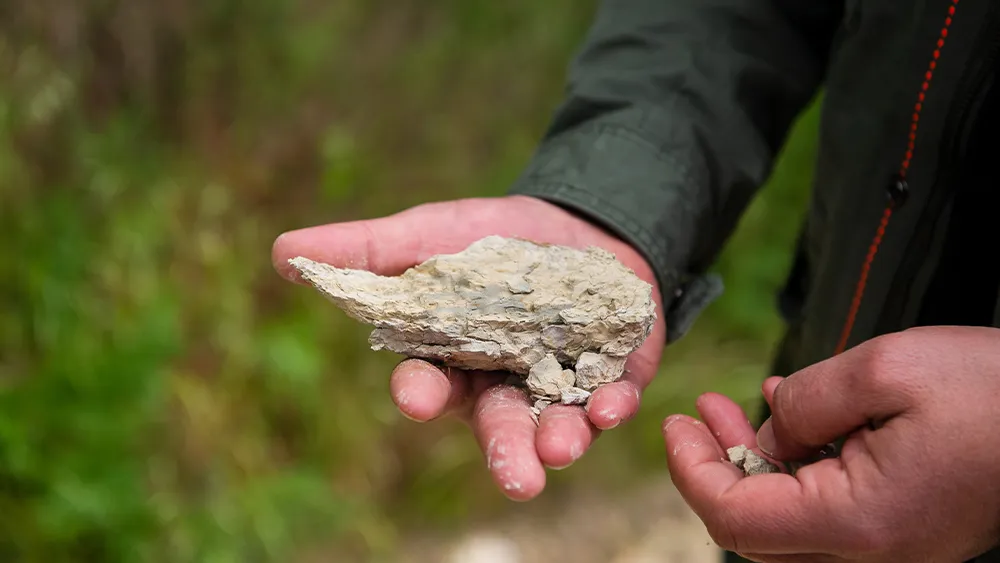
DOMAINE LAROCHE, CHABLIS, FRANCE
Asked how soil composition influences one of Domaine Laroche’s wines, Bellicaud referenced its Chablis Grand Cru Les Blanchots, “Les Blanchots is a unique terroir made of a layer of white clay on Kimmeridgian limestone with ammonites. This is the ideal combination to keep the right amount of water for the roots. The southeast exposure allows slow ripening and favours aroma development. It is one of the areas in the appellation where you can easily find oyster fossils (called Exogyra virgula). The Grand Cru Les Blanchots is delicate, refined and silky in texture.”
Assyrtiko from Santorini is almost always described as possessing a mineral quality as well as a touch of salinity, which can be attributed to the black volcanic soil in which it grows as well as to the Aegean Seaspray that wafts over the island’s vineyards. Mosel Valley Riesling’s leanness and flinty character come from the red and blue limestone in which it is cultivated.
Italy’s Soave region is also known for the minerality of its wine. Alessio Inama, third-generation family leader and director of sales, marketing and communication at Inama Azienda Agricola, told Robb Report, “Soave Classico is a volcanic region with soil made up of basaltic rocks, volcanic tuffs and ashes that date back 30 million years. The soils offer minerals in their natural form, which impact the composition of the plants themselves. In the case of grape vines, the soils have a major influence on the resulting flavours of the wines, which are mineral and floral.”
Known for their scrupulous mapping of micro-plots within their vineyards, the Inamas produce several different Soave wines made with the Garganega grape. Inama I Palchi Foscarino Grande Cuvée Soave DOC is crafted from the family’s best plots on Monte Foscarino. Inama explained, “The soil of Foscarino is a mix of pure magma, ashes and basaltic rocks that deteriorated over millions of years into a dark clay that is extremely rich in minerals. The grapes from those 40-year-old vines have strong personality, great intensity and texture, delivering a complex bouquet of white flowers, citrus notes and flinty sensations.”
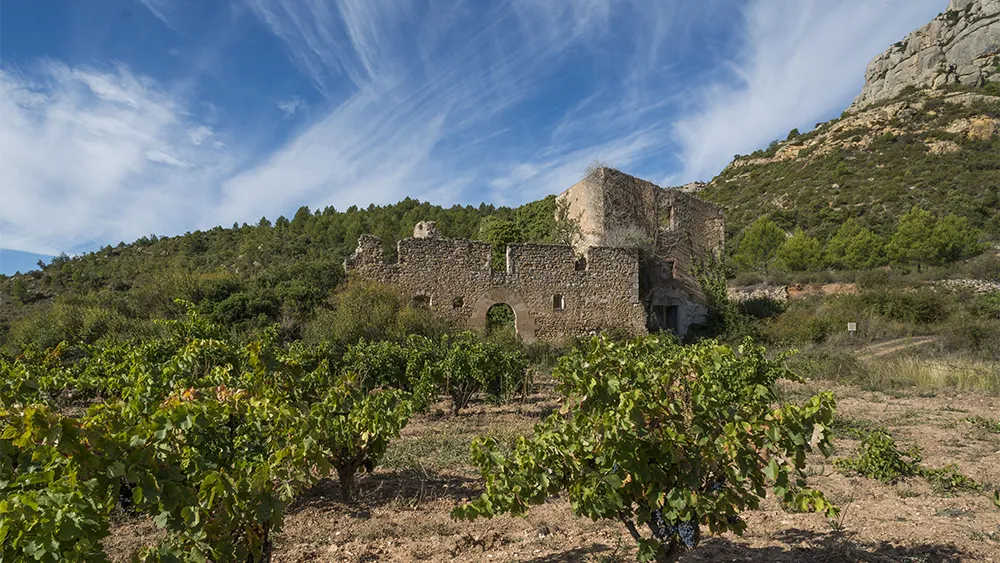
SCALA DEI, PRIORAT, SPAIN
While the sensation of minerality can be less obvious in red wines, Spanish Garnacha and Sicilian Nerello Mascalese are two grapes that often exhibit it, thanks to both the locales from which they hail as well as the often-judicious use of oak. The slopes of eastern Sicily’s Mount Etna are covered with volcanic soils composed of pumice, black ash and basalt. Priorat, a region close to Barcelona in northeast Spain, is blessed with black quartz, slate and mica soils called llicorella. Here you will find vineyards covered with small fragments of black and grey striated rock sitting atop blue and red soils embedded with the same.
Ricard Rofes, winemaker at Scala Dei in Priorat, refers to its Mas Deu vineyard as one of the winery’s “jewels.” The origin of Scala Dei Tribut and Masdeu, it sits 800 meters (2,625 feet) above sea level. Rofes told Robb Report, “In this elevated area the clay and limestone soils are ideal for growing Grenache, giving the wine that touch of acidity and freshness that makes it unique. The red-clay soils and the altitude of the vineyards located in the lap of the Sierra de Montsant give it freshness and the llicorella soils impart a genuine imprint. Our wine is the pure expression of the fruit and the terroir with a distinct personality.”
You may also like.
Best fo Europe: Six Senses, Switzerland
Mend in the mountains at Crans-Montana.
Wellness pioneer Six Senses made a name for itself with tranquil, mostly tropical destinations. Now, its first alpine hotel recreates that signature mix of sustainable luxury and innovative spa therapeutics in a world-class ski setting.
The ski-in, ski-out location above the gondola of one of Switzerland’s largest winter sports resorts allows guests to schuss from the top of the Plaine Morte glacier to the hotel’s piste-side lounge, where they can swap ski gear for slippers, then head straight to the spa’s bio-hack recovery area to recharge with compression boots, binaural beats and an herb-spiked mocktail. In summer, the region is a golf and hiking hub.
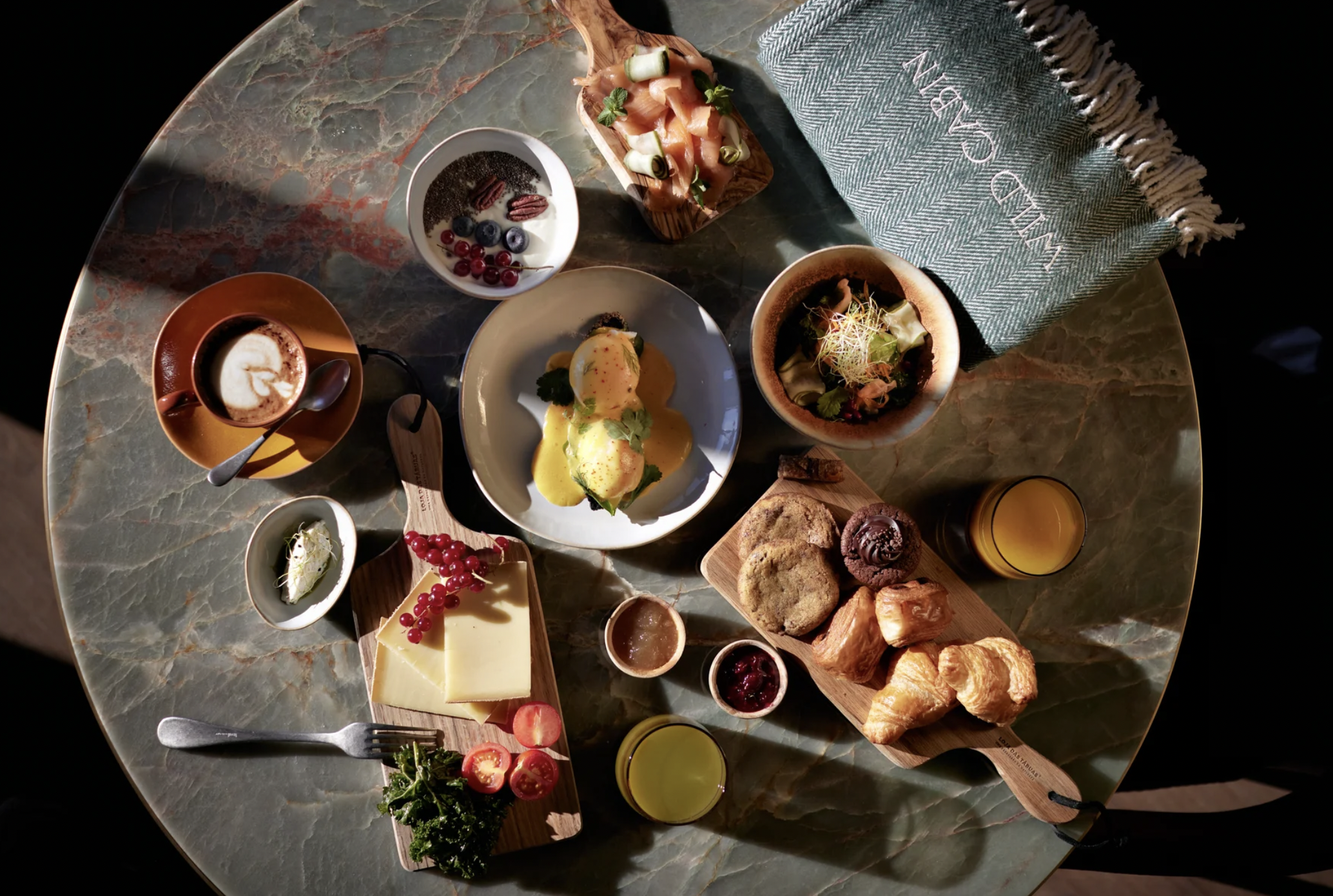
The vibe offers a contemporary take on chalet style. The 78 rooms and suites are decorated in local larch and oak, and all have terraces or balconies with alpine views over the likes of the Matterhorn and Mont Blanc. With four different saunas, a sensory flotation pod, two pools
and a whimsical relaxation area complete with 15,000 hanging “icicles” and views of a birch forest, the spa at Six Senses Crans-Montana makes après ski an afterthought.
You can even sidestep the cheese-heavy cuisine of this region in favour of hot pots and sushi at the property’s Japanese restaurant, Byakko. Doubles from around $1,205; Sixsenses.com
You may also like.
Watch of the Week: TAG Heuer Formula 1 | Kith
The legendary sports watch returns, but with an unexpected twist.
Over the last few years, watch pundits have predicted the return of the eccentric TAG Heuer Formula 1, in some shape or form. It was all but confirmed when TAG Heuer’s heritage director, Nicholas Biebuyck, teased a slew of vintage models on his Instagram account in the aftermath of last year’s Watches & Wonders 2023 in Geneva. And when speaking with Frédéric Arnault at last year’s trade fair, the former CEO asked me directly if the brand were to relaunch its legacy Formula 1 collection, loved by collectors globally, how should they go about it?
My answer to the baited entreaty definitely didn’t mention a collaboration with Ronnie Fieg of Kith, one of the world’s biggest streetwear fashion labels. Still, here we are: the TAG Heuer Formula 1 is officially back and as colourful as ever.
As the watch industry enters its hype era—in recent years, we’ve seen MoonSwatches, Scuba Fifty Fathoms, and John Mayer G-Shocks—the new Formula 1 x Kith collaboration might be the coolest yet.

Here’s the lowdown: overnight, TAG Heuer, together with Kith, took to socials to unveil a special, limited-edition collection of Formula 1 timepieces, inspired by the original collection from the 1980s. There are 10 new watches, all limited, with some designed on a stainless steel bracelet and some on an upgraded rubber strap; both options nod to the originals.
Seven are exclusive to Kith and its global stores (New York, Los Angeles, Miami, Hawaii, Tokyo, Toronto, and Paris, to be specific), and are made in an abundance of colours. Two are exclusive to TAG Heuer; and one is “shared” between TAG Heuer and Kith—this is a highlight of the collection, in our opinion. A faithful play on the original composite quartz watch from 1986, this model, limited to just 1,350 pieces globally, features the classic black bezel with red accents, a stainless steel bracelet, and that creamy eggshell dial, in all of its vintage-inspired glory. There’s no doubt that this particular model will present as pure nostalgia for those old enough to remember when the original TAG Heuer Formula 1 made its debut.

Of course, throughout the collection, Fieg’s design cues are punctuated: the “TAG” is replaced with “Kith,” forming a contentious new brand name for this specific release, as well as Kith’s slogan, “Just Us.”
Collectors and purists alike will appreciate the dedication to the original Formula 1 collection: features like the 35mm Arnite cases—sourced from the original 80s-era supplier—the form hour hand, a triangle with a dot inside at 12 o’clock, indices that alternate every quarter between shields and dots, and a contrasting minuterie, are all welcomed design specs that make this collaboration so great.
Every TAG Heuer Formula 1 | Kith timepiece will be presented in an eye-catching box that complements the fun and colour theme of Formula 1 but drives home the premium status of this collaboration. On that note, at $2,200 a piece, this isn’t exactly an approachable quartz watch but reflects the exclusive nature of Fieg’s Kith brand and the pieces he designs (largely limited-edition).

So, what do we think? It’s important not to understate the significance of the arrival of the TAG Heuer Formula 1 in 1986, in what would prove integral in setting up the brand for success throughout the 90’s—it was the very first watch collection to have “TAG Heuer” branding, after all—but also in helping to establish a new generation of watch consumer. Like Fieg, many millennial enthusiasts will recall their sentimental ties with the Formula 1, often their first timepiece in their horological journey.
This is as faithful of a reissue as we’ll get from TAG Heuer right now, and budding watch fans should be pleased with the result. To TAG Heuer’s credit, a great deal of research has gone into perfecting and replicating this iconic collection’s proportions, materials, and aesthetic for the modern-day consumer. Sure, it would have been nice to see a full lume dial, a distinguishing feature on some of the original pieces—why this wasn’t done is lost on me—and perhaps a more approachable price point, but there’s no doubt these will become an instant hit in the days to come.
—
The TAG Heuer Formula 1 | Kith collection will be available on Friday, May 3rd, exclusively in-store at select TAG Heuer and Kith locations in Miami, and available starting Monday, May 6th, at select TAG Heuer boutiques, all Kith shops, and online at Kith.com. To see the full collection, visit tagheuer.com
You may also like.
Best of Europe: Grand Hotel Des Étrangers
Fall for a Baroque beauty in Syracuse, Italy.
Sicily has seen a White Lotus–fuelled surge in bookings for this summer—a pop-culture fillip to fill up its grandes dames hotels. Skip the gawping crowds at the headline-grabbers, though, and opt instead for an insider-ish alternative: the Grand Hotel des Étrangers, which reopened last summer after a gut renovation.
It sits on the seafront on the tiny island of Ortigia in Syracuse, all cobbled streets and grand buildings, like a Baroque time capsule on Sicily’s southeastern coast.
Survey the entire streetscape here from the all-day rooftop bar-restaurant, Clou, where the fusion menu is a shorthand of Sicily’s pan-Mediterranean history; try the spaghetti with bottarga and wild fennel or the sea bass crusted in anchovies. Idle on the terrace alfresco with a snifter of avola, the rum made nearby.
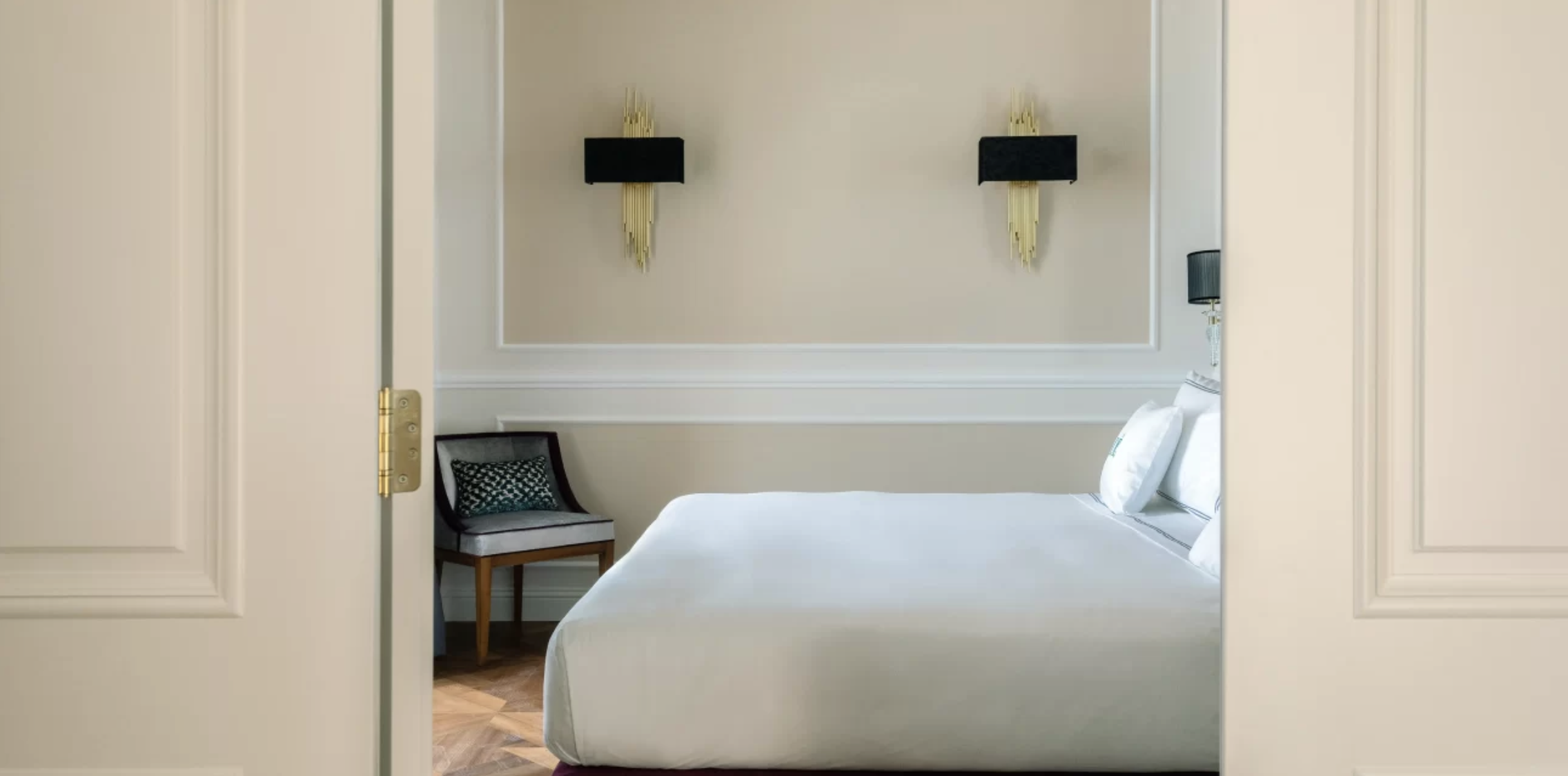
As for the rooms, they’ve been renovated with Art Deco–inflected interiors—think plenty of parquet and marble—but the main asset is their aspect: the best of them have private balconies and a palm tree-fringed view out over the Ionian Sea. Doubles from around $665; desetranger.com
You may also like.
8 Fascinating Facts You Didn’t Know About Aston Martin
The British sports car company is most famous as the vehicle of choice for James Bond, but Aston Martin has an interesting history beyond 007.
Aston Martin will forever be associated with James Bond, ever since everyone’s favourite spy took delivery of his signature silver DB5 in the 1964 film Goldfinger. But there’s a lot more to the history of this famed British sports car brand beyond its association with the fictional British Secret Service agent.
Let’s dive into the long and colourful history of Aston Martin.






